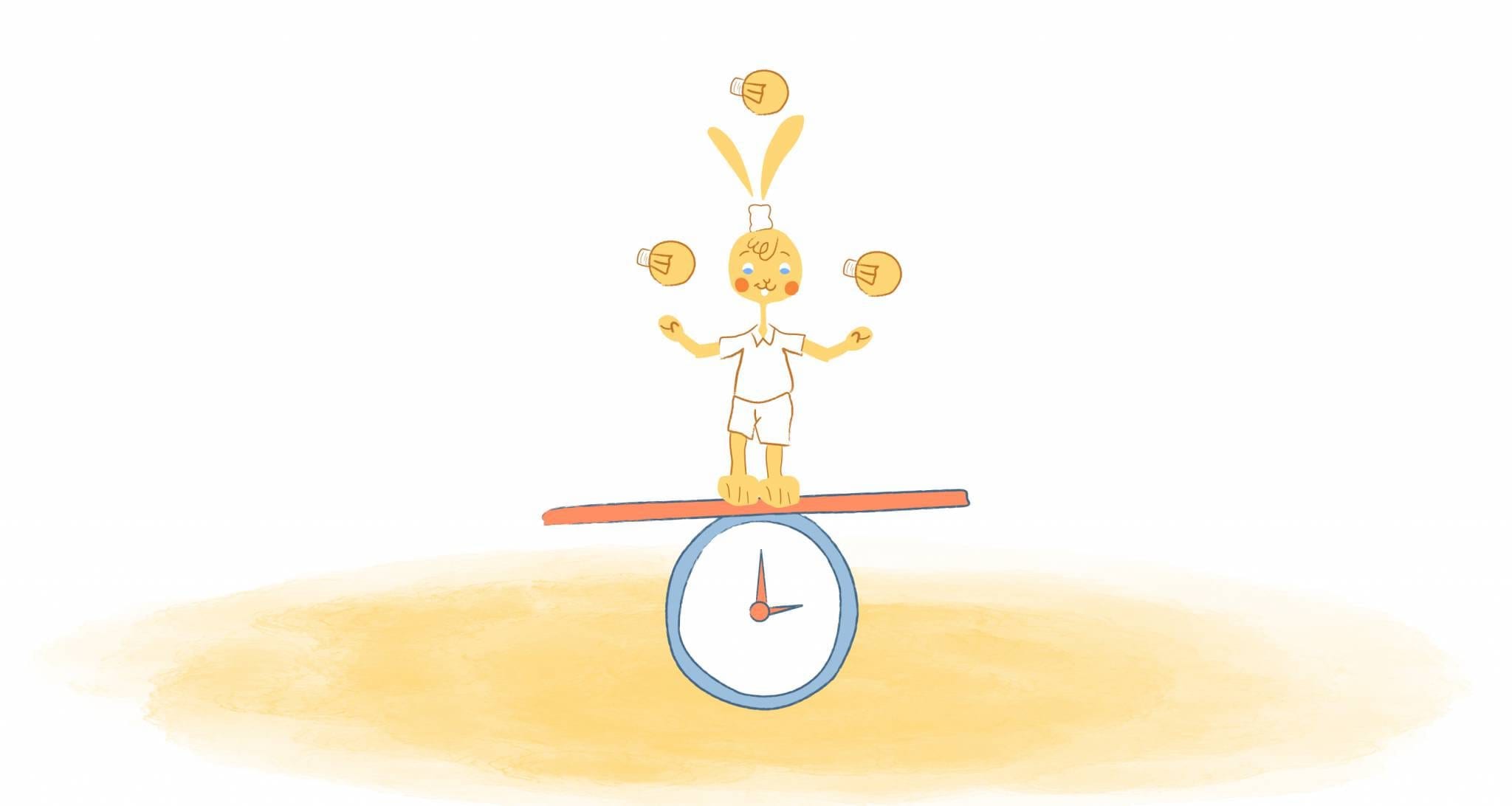

At one point in time, you’ve probably heard (or used) the phrase, “There aren’t enough hours in the day.” It’s a common expression that basically means you have too much to do and not enough time to do it. We all know what it feels like to have too much on our plates. Like it or not, life can get busy. But with the right strategies, you can truly make the most of every minute.
Are you ready to master time management and increase productivity so that you can make the most of the hours in your day? Here are six tips to maximize your time and minimize distractions.
1. Use Productivity Software
To make the most of the limited hours in a day, planning ahead and sticking to a schedule is key.
There are so many ways to go about this nowadays that you may feel overwhelmed by your options. Some people prefer to use physical calendars; others might create lists and set reminders on their phones. Productivity software is an excellent option because these tools are designed with productivity and organization in mind.
Online scheduling tools such as Calendar.com, Microsoft Calendar, and Google Calendar have countless capabilities to help you stay organized. You can time block and color code different activities (e.g., blue for personal meetings and red for work meetings). You can also set reminders, schedule recurring meetings, sync calendars with teammates, and so much more.
Online scheduling tools are only getting smarter, too. Using AI and machine learning, many online calendars become more unique to you the more that you use them. Once you habitually use a scheduling tool, you’ll see that it does the heavy lifting for you.
2. Start Time Blocking
When you start using a digital calendar, you’ll likely start time-blocking. Time blocking is one of the main reasons for keeping a calendar, and it has several benefits. This strategy allows you to plan each hour of your day using “blocks” for various activities. Scheduling every aspect of your day (breaks included) helps you stay on task and get a lot done. How much time you assign to each task is entirely up to you, so it also allows you to be in control of your day.
Time blocking is a great way to plan your days, but it also helps you understand how you’re spending your time. When you don’t have a tool that enables you to visualize your day, the days start to blend together. You can make improvements if you can see how you’re spending your time. This helps you become more productive and use your time better.
For example, if you notice that work meetings are taking over your calendar, you can make changes to fix this. Determine if any meetings are unnecessary, could be shorter, or could occur bi-weekly instead of weekly. On the other hand, let’s say you have two hours blocked off for lunch but find yourself working toward the end. Maybe you only need an hour for lunch. The more accurate your calendar is, the more efficiently you’ll spend your time.
3. Set Boundaries and Limit Distractions
Managing your time seems pretty easy once you learn the tips, tricks, and strategies to do so. Unfortunately, when actually putting them into practice, a lot of distractions can get in the way. After working hard to create a schedule and form healthy habits, you don’t want small things to derail your success. This is why it’s so important to set boundaries not only with others but with yourself as well.
Setting boundaries with others may involve saying “no” every so often in an effort to stay on task. This is a time when you’ll find keeping a calendar and time blocking extremely helpful. If your days are planned out, it makes it easier to say no to lower-priority tasks. Or, if the task is essential, but you’re too busy, you can schedule it for a later time. Similarly, setting boundaries with yourself is important. This involves becoming disciplined and limiting distractions. Stay on task, and if you notice things are distracting, get rid of them when you need to be productive.
4. Try Using a Time Management Technique
Time management can be a tricky thing to master. Fortunately, there are several time management techniques that help you to manage your time and boost productivity. If you prefer structure but don’t know where to start, a time management technique can be immensely helpful.
The Pomodoro Technique is a popular time management technique created by author Francesco Cirillo. A timer is used to split work into 25-minute intervals followed by five-minute breaks. After several consecutive work intervals, called a Pomodoro, you can take a more extended break for 15 to 30 minutes. This technique is thought to increase productivity because it improves people’s relationship with time. Rather than viewing time as a stressor, you have optimal work time to focus on tasks, and you’re ensured a break.
Many other time management techniques, including the Rapid Planning Method (RPM), the Getting Things Done (GTD) Technique, and the Pareto Principle. Find one that works for you, and stay consistent with it. These techniques are proven to be effective, and when used alongside other time management strategies, you’ll be unstoppable.
5. Make Sure You Prioritize Your Tasks
Another popular time management technique is the Eisenhower Matrix. The Eisenhower Matrix is the perfect tool for prioritizing your tasks. It helps you group tasks into categories based on importance and urgency. Tasks that are the most important and urgent require your immediate attention. Those that are still important but less urgent can be scheduled. And those that aren’t either should be eliminated or delegated. It’s easier to make the most of the hours in your day when you understand what’s most important on your to-do list.
It’s normal to feel very busy and feel like you have too many tasks on your plate. This technique offers a solution for when you feel you have too many tasks and insufficient time. It forces you to ask tough questions like, “Is this really a top priority?” Or “Do I need to do this, or can I ask someone for help?” Focus on what’s most important right now and use the general guidelines when deciding what to do with additional tasks. Before you know it, you’ll have a manageable task load for you every day.
6. Make Time for Work and Play
Making time for work and personal activities is extremely important. Even if you’re very organized, you’ll still feel burnt out if all you ever do is work. Making the most of the hours is about making time for everything important to you, including more than just work. It may consist of dinners with friends or time for exercise.
When reviewing a calendar view of your days, weeks, and months, ensure you’ve set aside time for personal activities. Whether you’re going to dinner or just doing some self-care at home, personal time is just as important as work time. And when you’re using a calendar tool to prioritize both activities, you’ll see its positive impact on your everyday life.
Making the most out of the hours in your day doesn’t mean you have to be highly productive at every second. It simply means you have a plan to achieve everything you set out to do in a day. And if you use the proper techniques and strategies, you shouldn’t feel exhausted. Instead, you should feel accomplished, ready for a good night’s rest, and prepared to do it all again the next day. Establishing a routine that allows you to accomplish as much as possible puts your mind at ease. When you manage your hours the right way, nothing can stop you.
Featured Image Credit: Photo by Zen Chung; Pexels











Abby Miller
Student at UC Berkeley, currently working on a degree in Electrical Engineering/Computer Sciences and Business Administration. Experienced in CSX, productivity management, and chatbot implementation.